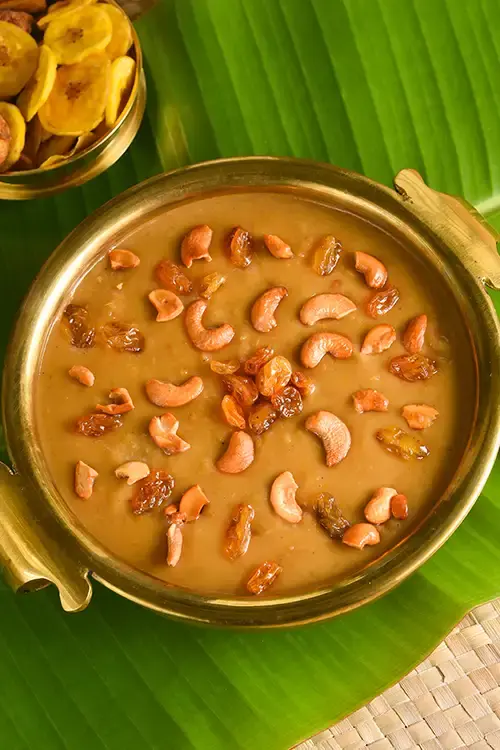FAQ
What is Jeerakasala rice?
Wayanad, known for its undulating hills and deep valleys, receives annual rainfall ranging from 3000 to 4000 mm in areas with high precipitation. Jeerakasala rice is one among the traditional aromatic rice varieties cultivated in this region. This scented non-basmati rice is known for its unique fragrance and aroma, fetching a premium price in the market.
Jeerakasala rice, with an average grain yield of 20-27 t/ha and straw yield of 4.0 t/ha, is prized for its delightful flavour and aroma. The plants, tall and weakly photosensitive, are susceptible to lodging but exhibit tolerance to pests and diseases. The Wayanad Jeerakasala cultivar typically reaches an average plant height of 130-140 cm, featuring fewer tillers (7-8 on average) and long panicles (27-31cm). The grains, with short awns, medium size, and a slightly elongated shape, present a golden yellow colour at the hull.
To enhance its aroma, Jeerakasala is usually cultivated during the Nancha season (winter season), to ensure that flowering aligns with the coldest months of November and December. This cultivation primarily takes place in Kundu Vayals, which are deep fields. The paddy fields in this region boast of diverse fauna, playing a crucial role in managing harmful insects and pests. Sixteen bird species have been detected in these fields, and they contribute to a varied ecosystem. Additionally, Kundu Vayals exhibit a rich diversity of fish species, further enhancing the ecological richness of the area.






